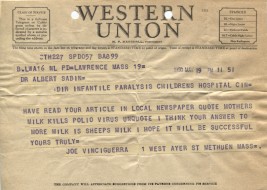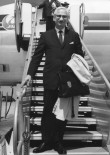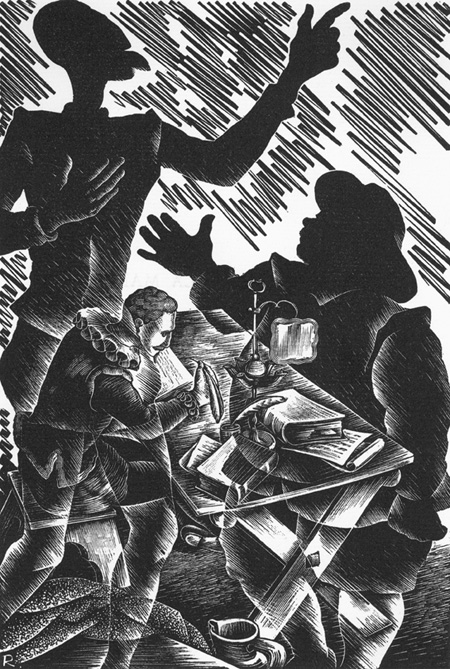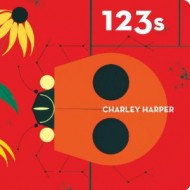In May 1950, at the sixtieth annual meeting of the American Pediatric Society, Dr. Sabin reported that he had discovered an “Antipoliomyelitic Substance in Milk of Human Beings and Certain Cows.”[1] Although Dr. Sabin was cautious to say that research was still needed to determine what the substance was and how it could be useful, the popular press picked up on the report with headlines such as:
“Mother’s Milk Has Anti-Polio Substance,” Science Service, 16 May 1950
“Researcher Seeking Factor in Milk to Prevent Paralysis in Polio Cases,” Cincinnati Times-Star, 19 May 1950
“Anti-Polio Human Milk,” Science News Letter, 27 May 1950
This information even appeared in the May 29, 1950 issue of Time magazine. Due to the the large amount of publicity that this report received, Dr. Sabin accumulated letters from researchers and other interested parties. The information contained in these letters ranged from encouragement to suggestions for further research. For example, Dr. Sabin received several letters suggesting that he test goat’s milk for the same substance. Others provided suggestions as to what the mystery substance might be. Another example appears in the telegram seen to the left, in which Mr. Vinciguerra suggests testing sheep’s milk.[2] Continue reading





